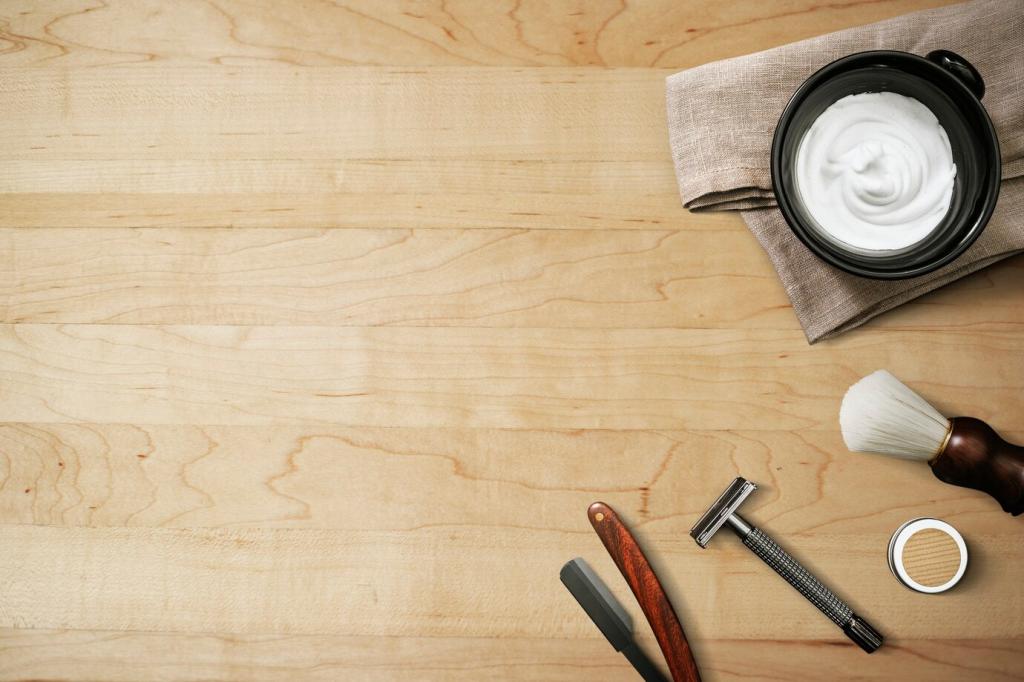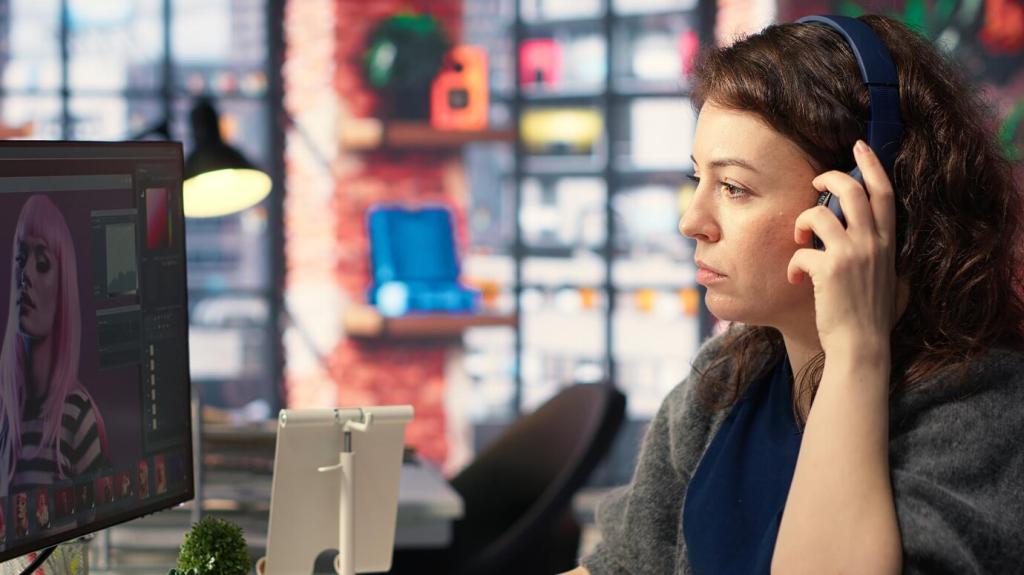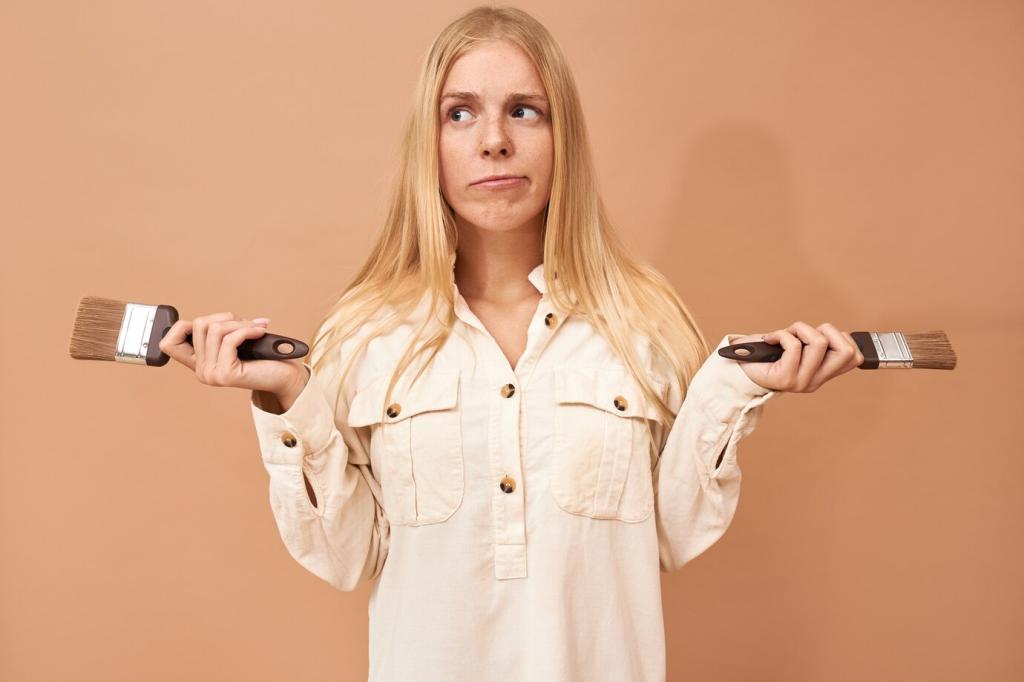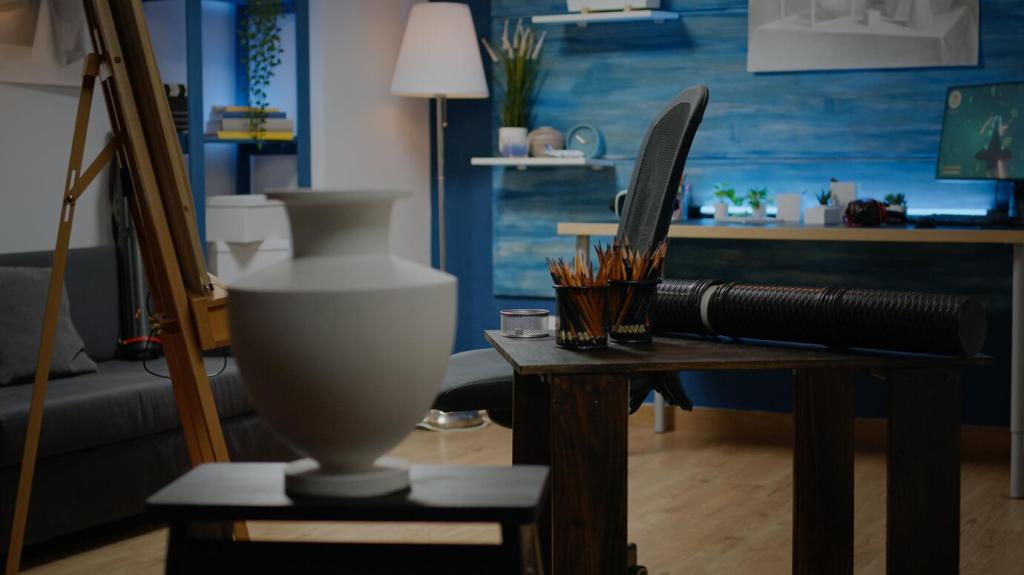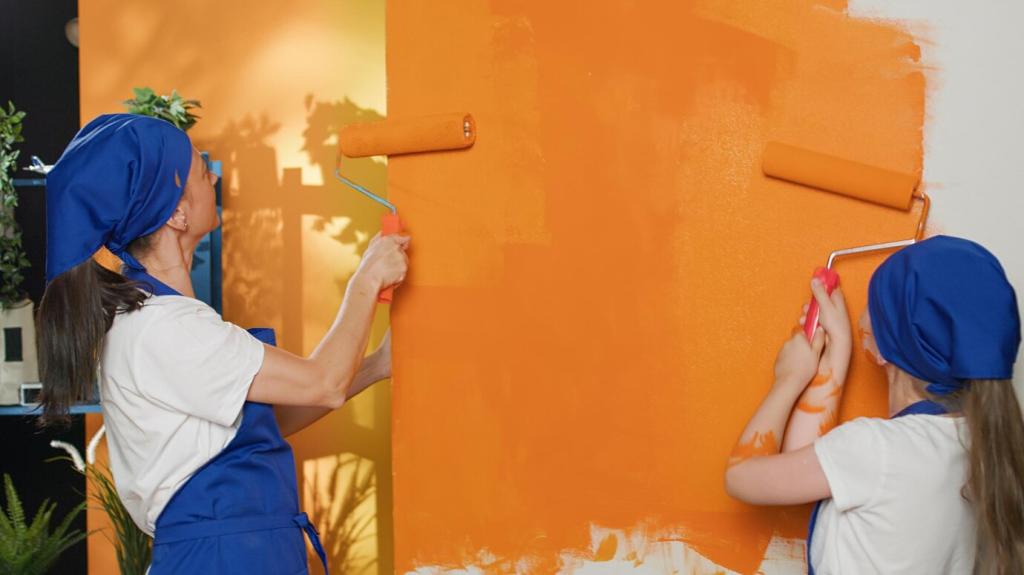Task Lighting That Protects Your Eyes
Look for high color rendering (CRI 90+), flicker-free drivers, and a neutral color temperature around 4000–5000K for daytime clarity. Aim for roughly 500 lux on your work surface to keep print crisp and eyes relaxed during deep reading.
Task Lighting That Protects Your Eyes
Choose lamps with articulated arms, swivel heads, and dimming so you can aim light exactly where needed. A wider light head with uniform diffusion prevents hotspots, while a shade or visor helps keep direct glare out of your field of view.

